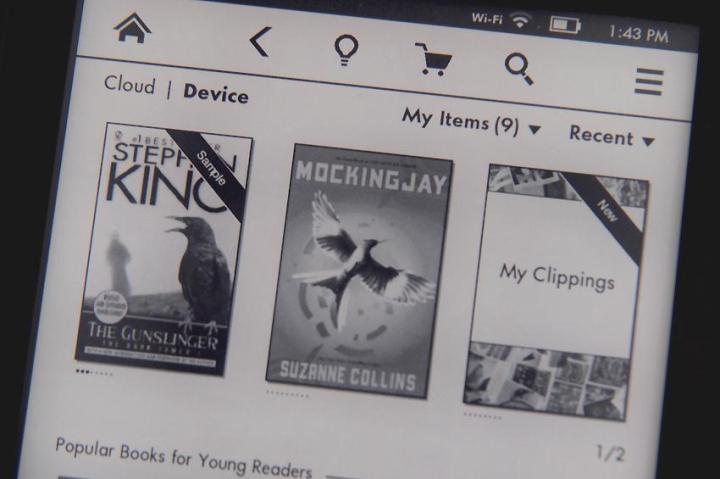
In his 412-word message, Pietsch points out that his company already sets its e-book prices “far below corresponding print book prices,” with more than 80 percent priced at $9.99 or lower.
Amazon is unhappy with Hachette’s decision to price some of its e-books above $9.99, demonstrating its dissatisfaction by refusing to accept pre-orders on a selection of Hachette titles, removing discounts on its books, and even slowing the delivery of Hachette titles to customers. However, Pietsch says that the titles costing more than $9.99 – most of which come with a $11.99 or $12.99 price tag – are “less than half the price of their print versions.”
Related: Amazon urges readers to email Hachette boss over e-book pricing
While Amazon argues that e-books incur no overheads and should therefore come with a lower price tag than print books, Pietsch insists publishers like Hachette “invest heavily in individual books, often for years, before we see any revenue.”
He explains, “We invest in advances against royalties, editing, design, production, marketing, warehousing, shipping, piracy protection, and more. We recoup these costs from sales of all the versions of the book that we publish – hardcover, paperback, large print, audio, and e-book.”
The Hachette boss goes on to say that the spat between the two companies started “because Amazon is seeking a lot more profit and even more market share, at the expense of authors, bricks-and-mortar bookstores, and ourselves.”
Pietsch ended his email by calling on Amazon to “withdraw the sanctions against Hachette’s authors that they have unilaterally imposed, and restore their books to normal levels of availability,” insisting that his company is “negotiating in good faith.
“These punitive actions are not necessary, nor what we would expect from a trusted business partner.”
Related: E-reader reviews
In Amazon’s message to readers, which it published online Friday night, the e-commerce company said it will “never give up [its] fight for reasonable e-book prices,” suggesting that those in agreement should email Pietsch directly to demand lower pricing.
Amazon’s open letter came several days after more than 900 authors signed a letter to the online store asking it to stop penalizing writers for their association with Hachette, reminding the Seattle-based company that the affected authors “have made Amazon many millions of dollars and over the years have contributed so much.” The authors’ letter was published in the New York Times as a full-page ad on Sunday.
All three parties in the ongoing dispute have now made their feelings clear, though we can’t say if the issue concerning Hachette’s pricing of e-books is any closer to being resolved. Watch this space.
[Source: DBW]


